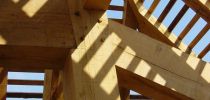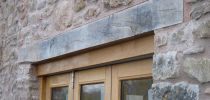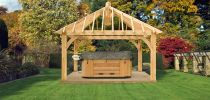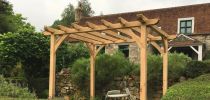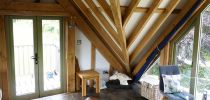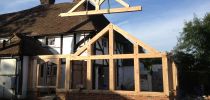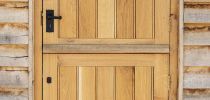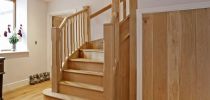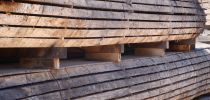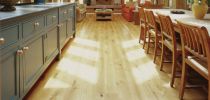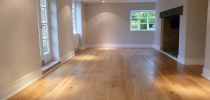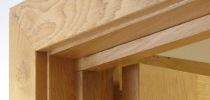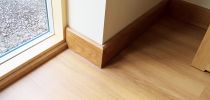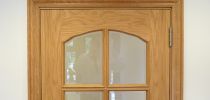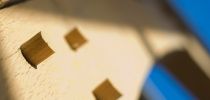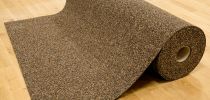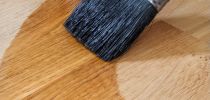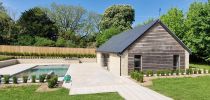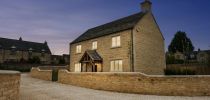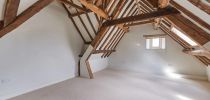

Fixing Oak flooring
Our best practices to ensure great results!
5th December 2022
Making sure your Oak flooring is fixed right is really important to its look & longevity! We've put together a few tips in this article to help you get the best results, whether it's solid or engineered...
■ Is the sub floor dry? - Rising moisture from the ground has to be stopped from reaching the flooring, otherwise the flooring will swell up and the installation could fail. Check that the subfloor has a damp proof membrane in it, and that the floor is dry enough. You can do this by testing the floor for its relative humidity (RH). This must not exceed 70% RH. If you are in any doubt, we recommend that you install an extra DPM, using Marldon Rapid DPM MXS140. If you are installing on to joists with an air gap below, ensure that the void under the floor is ventilated.
■ Allowing for movement - Wooden flooring is a natural product - it swells when it absorbs moisture, and shrinks when it dries out. For example, during summer time (when we open more doors and windows) flooring tends to increase its moisture content and swell slightly. During winter (when we close the windows and put the heating on) wooden flooring will tend to shrink slightly. You must leave a gap of 12-15mm all the way around the flooring to allow for expansion. This needs to be at all points - around pipes, architraves and doorways etc. This gap is normally hidden under skirting boards or a trim.
■ Fixing the flooring - When fixing the flooring to a concrete screed, we would recommend gluing the flooring with Marldon MXA200 Troweled Adhesive. This is a flexible adhesive that allows for the natural movement of the flooring, and can be stuck directly to the Marldon Rapid DPM MXS140. When fixing flooring to joists, traditional nailing is acceptable. You can purchase very narrow flooring screws which also hold the flooring well. When fixing the flooring over underfloor heating, it is essential that the heating pipes are held away from the flooring, or 75mm inside the screed. The flooring must never exceed 23°c at any point. Always turn the heating on / off gradually each year, as this gives the flooring time to adjust to the change.
■ Finishing the flooring - There are two main finishes for flooring: oil and lacquer. Both have different features...
Oil – soaks into the wood and gives a natural finish. However, it does leave the grain slightly open, which can collect dirt in walkways etc. If it is scratched, it is very easy to repair - simply wipe in some more oil.
Lacquer – This forms a layer on top of the floor, and gives a clean finish. It fills up the grain so it doesn’t get dirt in the grain. However, if it is scratched, it can be difficult to repair. View our range of adhesives & finishes...

